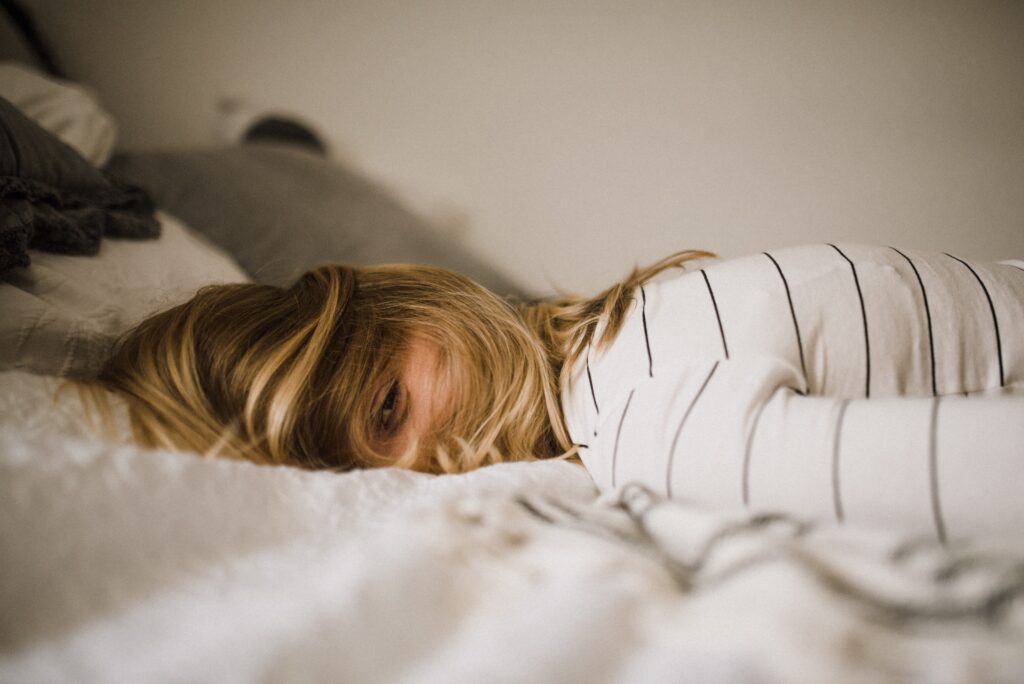You are finally getting that much-needed rest, after a long, tiring, and hectic day. You sink into your warm and inviting bed and succumb to the pleasures of a long and restful sleep. The next thing you know, you are gasping for air, and fighting to breathe. As the initial panic dies down, you realize that this has been happening almost every night. Reaching for your phone, you do a quick search. The Internet has the propensity for making mountains out of molehills when it comes to health conditions; you probably do not have sleep apnea. Or do you?
What is Sleep Apnea?
Apnea is a term derived from the Greek word apnoea, which means “breathless.” Sleep apnea is a disorder in which your breathing stops during sleep. People who suffer from sleep apnea experience repeated breathing disruptions which could last anywhere from a few seconds to more than a minute. These pauses can happen many times throughout the night. People with sleep apnea, however, are rarely aware that they suffer from the condition, because they do not fully wake up, during these episodes.
What Causes Sleep Apnea?
There are three types of sleep apnea. Each type is characterized by what causes the breathing disruption: obstructive sleep apnea (OSA), central sleep apnea (CSA), and mixed, or complex sleep apnea.
OSA results when the airway is blocked. The kind of blockage can either be full (apnea), or partial (hypopnea). This occurs when the tongue relaxes against the soft palate, which in turn, collapses against the back of the throat. Even if the patient is still breathing, air cannot flow through the nose or mouth. Obstructive sleep apnea is the most common type, among the three, and is the easiest to treat.
CSA, on the other hand, occurs when the brain stops sending messages to the muscles responsible for breathing. As a result, breathing stops and starts, over and over, during sleep. This kind of sleep apnea is associated with problematic issues on the brainstem, the part of the brain that regulates breathing. People with CSA do not usually snore, unlike those who suffer from OSA.
Mixed or complex sleep apnea, as the name implies, is a combination of OSA and CSA. In most cases, CSA is detected after a patient’s OSA had been treated.
Should You Get Treatment for Sleep Apnea?
Sleep apnea is a serious disorder which can lead to a host of significant consequences, including high blood pressure, heart disease, stroke, diabetes, and depression, among others. It is a chronic condition that can easily be diagnosed and managed.
For some, lifestyle changes are enough to resolve obstructive sleep apnea. Other treatments include surgery, positional therapy, and neuro-stimulation therapy. The most common treatment, however, is the use of CPAP (continuous positive airway pressure) therapy.
The CPAP Machine
A CPAP machine works by delivering a continuous flow of air through a tube, which is connected to a mask, and worn during sleep. The pressurized air comes in a steady flow that keeps the airway open.
Many sleep apnea sufferers find CPAP machines too cumbersome for their liking, during the first few times of use. Some masks might be uncomfortable, and the continuous flow of air might prove unsettling. Other people with OSA find CPAP machines difficult to set up. There is also the issue of lugging around a clunky machine when you need to travel.
Fortunately, people with sleep apnea never need to worry about this problem again, thanks to the portable CPAP. Designed for the frequent traveler, this mini version of the standard CPAP machine is small, lightweight, and a breeze to set up and use.
Besides their portability and ease of use, the latest travel CPAP machines are designed to be:
- Noise-Free –Technology has allowed competing manufacturers to produce new and improved portable CPAP models, that make virtually no noise, allowing you to get a good night’s sleep during travel.
- Sleek and Slim Tubing – Unlike standard machines, portable CPAPs have smaller tubing that makes them easier to pack and carry. Although this would mean a difference in the flow of air, the machine itself has various settings which allow users to control the pressure.
- Mask Preference – With the exemption of a few models, most travel CPAPs allow you to have varied mask options, thanks to the tubing connectors that come in a standard size.
- Easy to Use Interface – Many travel CPAPs now come with integrated visual displays.
This means that you do not need a separate app on your phone, to control the settings of the machine.
READ ALSO: Stryker The Cat
- Integrated Rechargeable Battery – Portable CPAP machines now come with lithium-ion batteries for extended battery life, to ensure a restful and continuous sleep, in your home away from home.
Sleep apnea should not keep you from going places. With a powerful, dependable, and portable CPAP machine, you can maintain healthy sleep while you travel, for business, or for pleasure.
